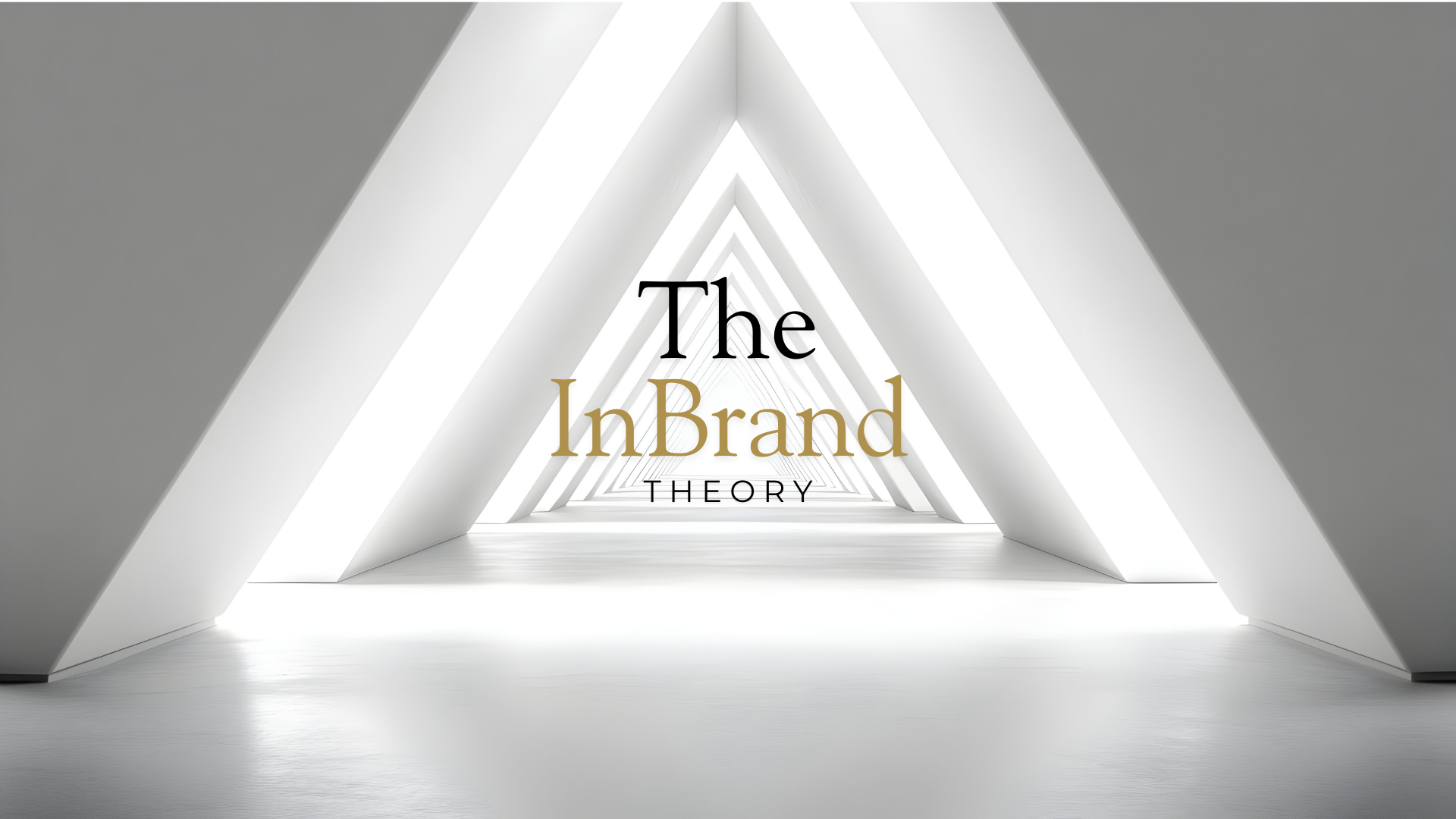The Origin
A long-standing pet wellness company, founded over two decades ago. On the surface, it appeared to have all the right components for success: a strong product line, loyal customers, and decades of industry presence.
However, beneath the surface, organizational misalignment was quietly undermining growth. The company operated as a closely held family business, with its shareholders, board members, and department heads often being the same individuals. This structure, while seemingly efficient, created a top-heavy environment with little separation between governance and day-to-day management.
Task
“When Internal Misalignment Erodes Market Potential”

